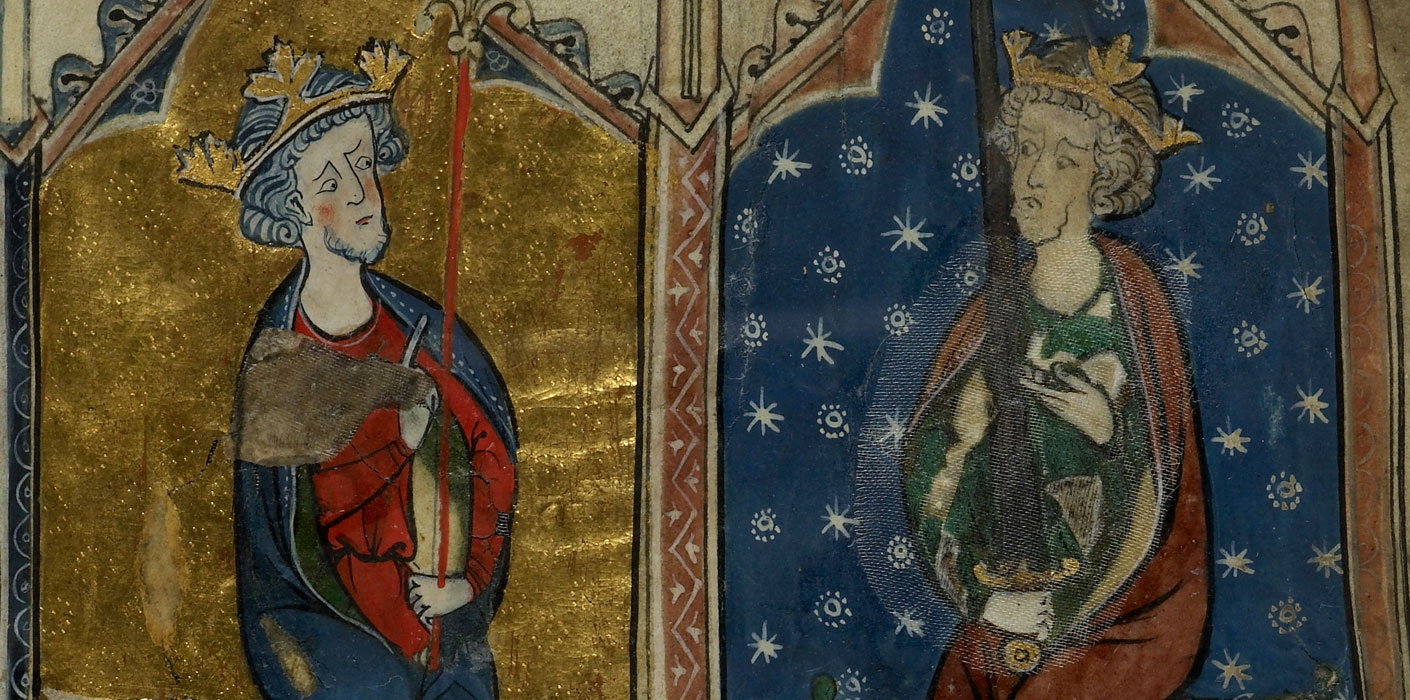

During his subsequent service in the Indian Wars, he received his nickname "Pecos Bill". He stayed in the regular army when the war ended. Colored Troops and led the regiment at the Battle of Nashville.īy the end of the war, he had been promoted to brevet brigadier general of volunteers. In April 1864 after his release he was appointed colonel of the 17th Regiment of U.S. He was captured at the Battle of Thompson's Station and spent 3 months in a Confederate prison. On Aughe was mustered out of the volunteer service but returned to the field as major in the 19th Michigan Volunteer Infantry Regiment. In order to stay with his regiment he concealed his wounds, fighting on the second day of the battle. He led a charge on the first day of the battle and was wounded towards the close of that day's fighting. He was wounded at the Battle of Fair Oaks and later received the Medal of Honor for heroism during the battle. Shafter served as a 1st lieutenant the Union Army's 7th Michigan Volunteer Infantry Regiment at the battles of Ball's Bluff and Fair Oaks. He worked as a teacher and farmer in the years preceding the Civil War. Shafter was born in Galesburg, Michigan on October 16, 1835. Fort Shafter, Hawaii, is named for him, as well as the city of Shafter, California and the ghost town of Shafter, Texas. Shafter also played a prominent part as a major general in the Spanish–American War.

William Rufus Shafter (Octo– November 12, 1906) was a Union Army officer during the American Civil War who received America's highest military decoration, the Medal of Honor, for his actions at the Battle of Fair Oaks.


 0 kommentar(er)
0 kommentar(er)
